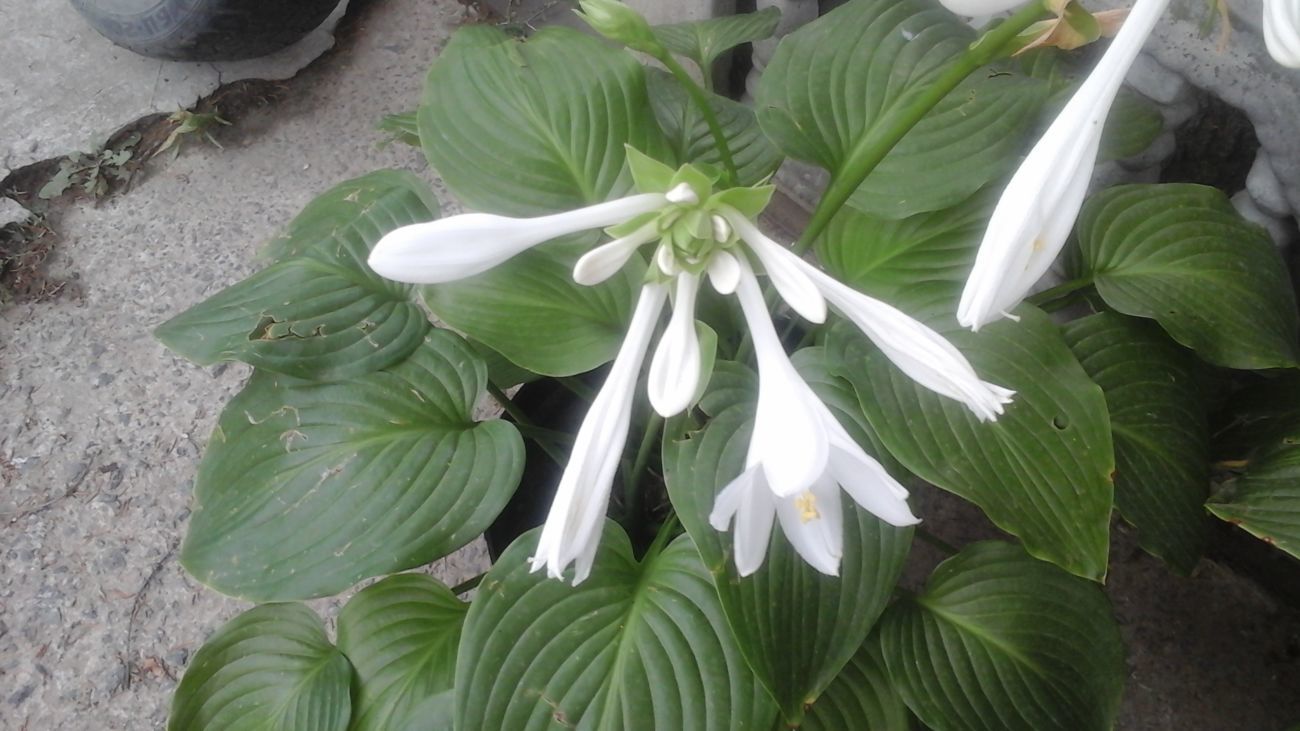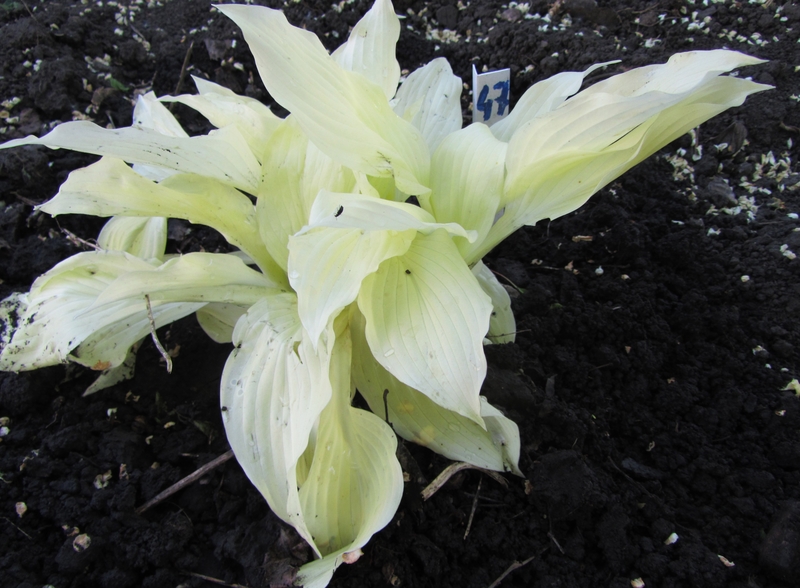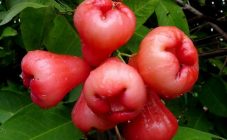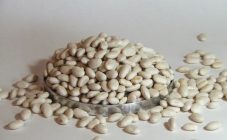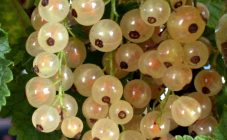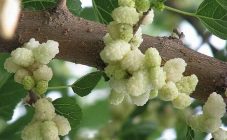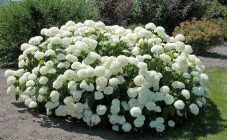Content:
Every gardener wants to revitalize his personal plot, for this a perennial plant - a white hosta - is perfect. This plant is quite unpretentious when planting and does not require special care. The flower is popular with landscape designers, as its leaves can be of different colors and shapes.
Hosta is valued by flower growers not for their flowers, but for their beautiful leaves. It will be a great decoration for the garden from early spring to late autumn.
Growing white hosts is best done in places protected from sunlight. Otherwise, dry spots may appear on the leaves, which is evidence of sunburn.
Plant creation history
To create an interesting design solution for a garden plot, it is necessary to choose the right varieties of ornamental plants. After all, everyone knows that flowering plants are pleasing to the eye only during flowering. And of course, this is not enough, as you want the garden to look beautiful throughout the season. That is why many gardeners, forming flower beds, along with flowering plants, plant deciduous varieties of ornamental horticultural crops.
In general, the hosta became known as an ornamental plant in the 18th century. It was then that scientists-breeders began to work on the development of new varieties, constantly improving them. Thanks to this, in the modern world there is such a large selection of various varieties of this culture.
For the first time, the famous European traveler M. Polo saw and described the hosta, which grew only in China. It happened in the thirteenth century. But plants appeared in Europe only by the middle of the eighteenth century. This was facilitated by the scientist studying plants E. Kampfer.
For a very long time, the hosta grew only in the botanical gardens of France and Belgium.
Host White feather. Description
The variety is one of the most beautiful hybrids. He is able to create an unforgettable atmosphere in the garden. Its young leaves are white with a slight creamy tint. But as they grow older, the leaves acquire stripes of bright green color, which gradually fill the entire leaflet. The average size of each leaf is no more than 15-16 cm.
The plant reaches a height of about half a meter. Inflorescences are white, similar to lavender. Outdoor plant care is very simple. So the plant can easily be attributed to unpretentious. Hosta White Feather tolerates winter frosts well, grows well in the shade and has excellent immunity to many diseases. The composition of the soil does not play a special role in growing crops. In addition, the White Feather does not need to be trimmed.
But to get a beautiful plant that can decorate the garden, you need to adhere to some tips given by experienced growers:
- Choosing the right landing site. The best option would be partial shade;
- The soil should be well moistened, but without stagnant water;
- When feeding the crop, she really likes it, especially if compost, humus or other organic matter is used as fertilizer.
Host White feather. Landing
It is best to choose the time for planting the White Feather in early spring or early autumn. The main thing when choosing a planting material is to carefully examine it. The length of the roots should not be less than 10cm, and the structure is elastic. The best option for planting is a plant that has several buds.
Everyone knows that the hosta is a perennial that loves shade. But there is a pattern here: the lighter the foliage, the more light the plant needs. Therefore, for the cultivation of the White Feather host, a partial shade or a sunny area of the garden is perfect.
For planting outdoors, light moist soil is ideal. Planting holes must be prepared in advance, they must be sufficiently large and deep. The distance between the moons should not be less than 50 cm.
As soon as the moons have been dug, work should be started on laying the fertile layer: compost or peat is placed on the bottom. Next, you need to position the culture in the hole so that its roots are on the fertilizer. Moreover, you need to make sure that no voids are formed between the soil and the roots. Cover with soil and water abundantly. The soil around the plant must be mulched with crushed bark. After all, this is the best way to retain moisture. The hosta white feze needs to be watered every 3 days.
Agrotechnics
From the above, it is clear that the host is an unpretentious plant, but nevertheless, during cultivation, it is necessary to follow some simple rules.
Hosta Mait Feather description of care rules
It is necessary to weed and loosen the soil around the plant in time.
Remove old leaves and arrows in a timely manner. This will allow the bush to be aesthetically pleasing. But if the variety blooms beautifully, then the arrows can not be cut off.
The culture is quite hygrophilous, so it should be watered at least twice a week, provided there is no rainfall.
The host belongs to frost-resistant plants, but in case of severe cold weather, it needs to provide additional shelter, for this, a covering material is perfect - agryl.
The plant can grow in one place for a quarter of a century, but every 3 years it is necessary to separate the young roots - this will prevent its strong growth.
Feeding for hosts
The appearance of the crop depends on the correct care, as well as fertilization. The most optimal amount of dressings for the White Feather is three for the entire season.
Nitrogen, potassium or phosphorus fertilizers are most often used as fertilizers. Plants also respond perfectly to the introduction of organic fertilizing in the form of compost or humus, but it is best to apply it in the autumn season. The main thing is not to overdo it with the amount and frequency of dressings, as this can cause burns to the plant.
Advantages and disadvantages of hosts
The plant has a huge number of varieties and colors, which makes it a great addition to any landscape.
Professionals give preference to culture, as it has a beautiful decorative look throughout the season. In addition, the plant does not require special attention to itself and perfectly coexists with any plants. Its distinctive features are quite good hardiness and the ability to grow in one place for a long period of time.
Due to its excellent qualities, the plant is very much loved by the gardener and landscape designers around the globe. The plant grows well both in urban flower beds and in garden plots.
Finally, it should be noted that the host is often used in their work by florists, because the foliage and flowers of the plant are very unusual and beautiful.
